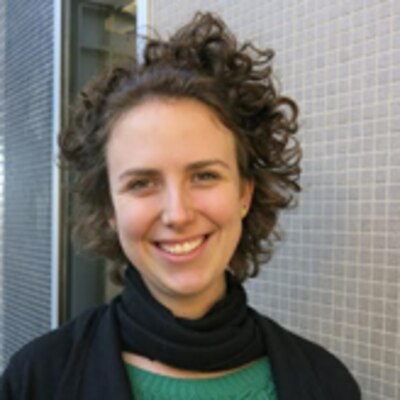
Calling it “an absolutely critical time for our schools and our city,” Denver Public Schools Superintendent Tom Boasberg on Tuesday unveiled a proposed update to the district’s reform map that hones in on teacher quality.
The draft Denver Plan 2009 lists its top strategy as ensuring teacher effectiveness, from developing a shared definition of effective teaching to crafting a Teacher Performance Framework “based on multiple measures, with student achievement in the center.”
The framework, modeled after the district’s School Performance Framework, which gauges school quality, would be used to identify the district’s best teachers so they can “lead other teachers in order to expand their impact on students,” the draft states.
It also would be used to identify struggling teachers and to “give them the opportunity and support to succeed.” But, the draft states, “there must be fair and efficient processes for replacing employees who, despite this support, fail to meet expectations.”
Boasberg discussed the draft 2009 Denver Plan in the district’s first “State of the Schools” speech, attended by about 75 parents, teachers and community members at North High School.
“The document we released today is very much a draft,” he told them. “This needs to be a dialogue. These are very difficult subjects and we need to have an open and candid dialogue with the community.”
The draft 2009 Denver Plan is slated for nearly two months of community input before Denver school board members receive a final version on Nov. 19.
Boasberg began his talk by outlining progress made since the first Denver Plan was released in 2005 by his predecessor, U.S. Sen. Michael Bennet, D-Colo.
For example, he said, 6,000 more DPS students are proficient in math today than they were four years ago, or enough “to fill this auditorium up 10 times.”
But he also said, “We are not meeting the civil rights challenge of our generation” because “80 percent of our students are students of color and we are not meeting their needs.”
Results of state exams show an achievement gap of 35 points – on a 100-point scale – between Denver’s black and Hispanic students and their white and Asian peers.
The focus of the 2009 district reform map “is going to be on the classroom and on teachers,” Boasberg said, citing research showing “the one thing that makes the most difference is the teacher.”
Among the teaching-related elements in the draft:
- Create a teacher evaluation system with multiple ratings, rather than DPS’ current system which rates teachers either satisfactory or unsatisfactory. Nearly 100 percent of Denver teachers are rated satisfactory each year, the draft notes, “with little to no recognition or reward for those teachers demonstrating the most significant outcomes with students.”
- Provide increased incentives for effective teachers to serve in the highest needs schools, including creating options for teams of teachers to serve in high-poverty schools without losing their right to return to their previous positions.
- Create a teacher transfer system of “mutual consent,” meaning both a teacher and a principal must consent to a teacher’s transfer to another school. DPS forcibly places over 100 tenured teachers each year into schools without the consent of the principals or the teachers, which disproportionately affects high-poverty schools.
The Draft 2009 Denver Plan touches on a number of other areas as well, including:
- Creating an early warning system that tracks students’ attendance, behavior and grades so that an alarm is issued if a student appears to be struggling. A recent Johns Hopkins University report of DPS students found students who earn even one failing grade in middle school are less likely to graduate.
- Bolster alternative programs, including creating four to six schools targeting students ages 15 to 17 who are “disengaged” from traditional schools. Target date is fall 2010 to open the first school.
- Create new schools, whether charter or traditional, to increase student options. All new schools must have a level playing field, including access to district buildings, but also must offer access to all students and must meet the same standards on the district’s School Performance Framework.
“We have very clear standards for new schools, that they must offer equity for all students,” Boasberg said. “We hold all of our new schools to the same rigorous performance standards.”
Charter schools have become a controversial issue among some candidates running for the Denver School Board in the fall elections. Candidates such as Christopher Scott, who is seeking the at-large seat, have criticized the district for focusing too much on charter schools and not enough on traditional neighborhood schools.
Several in Tuesday’s audience asked Boasberg about the “new schools” piece of the draft, including former city councilwoman Deborah Ortega, who has grandchildren in the district.
Ortega questioned whether the district has hired a researcher to review the backgrounds of charter school applicants, noting parents have raised concerns about the new Envision charter schools and about Cesar Chavez Academy in Denver.
The Chavez school is part of the Cesar Chavez Schools Network, which has been embroiled in controversy over allegations of financial wrongdoing and state testing abuses.
Boasberg said a team of district and outside experts reviews new schools applications. He also said the concerns about Chavez were not widely known before the school’s charter was approved this past spring.
Click here to read the Draft 2009 Denver Plan.
Nancy Mitchell can be reached at nmitchell@pebc.org or 303-478-4573.
